How To Grow A White Butterfly Bush In Your Garden
Title: How to Grow a White Butterfly Bush in Your Garden
Introduction:
Butterfly bushes are a popular choice for gardens because they attract butterflies and other pollinators. They are also relatively easy to grow and care for. White butterfly bushes are a particularly attractive variety, with their delicate white flowers that bloom from summer to fall.
In this blog post, we will discuss how to grow a white butterfly bush in your garden. We will cover topics such as choosing the right location, planting, watering, fertilizing, and pruning. We will also provide some tips on how to prevent pests and diseases.
Main Content:
Choosing the Right Location
Butterfly bushes prefer full sun, but they can also tolerate partial shade. They need well-drained soil that is rich in organic matter. If your soil is sandy or clayey, you may need to add some compost or peat moss to improve drainage.
Planting
The best time to plant a white butterfly bush is in the spring or fall. When planting, dig a hole that is twice the width and depth of the plant's root ball. Backfill the hole with soil, tamping it down gently to remove any air pockets. Water the plant thoroughly.
Watering
Butterfly bushes need regular watering, especially during their first year in the ground. Water deeply once a week, or more often if the weather is hot and dry. Mulching around the plant will help to retain moisture and suppress weeds.
Fertilizing
Butterfly bushes do not need a lot of fertilizer. A light application of a balanced fertilizer in the spring will help to promote flowering. Avoid fertilizing in the fall, as this can encourage new growth that may not have time to harden off before winter.
Pruning
Butterfly bushes can be pruned in late winter or early spring. Pruning will help to keep the plant compact and encourage new growth. You can also prune to remove dead or damaged branches.
Preventing Pests and Diseases
Butterfly bushes are relatively resistant to pests and diseases. However, they can be susceptible to aphids, scale, and powdery mildew. If you notice any pests or diseases, treat them immediately with an appropriate pesticide or fungicide.
Conclusion
Growing a white butterfly bush in your garden is a great way to attract butterflies and other pollinators. With proper care, your butterfly bush will thrive for many years to come.
Are you looking for a beautiful and easy-to-care-for shrub that will attract butterflies to your garden? If so, you should consider planting a white butterfly bush. These shrubs are native to North America and can grow up to 10 feet tall. They produce clusters of white flowers that bloom from late spring to early fall. White butterfly bushes are drought-tolerant and deer-resistant, making them a great choice for most gardens.
To learn more about white butterfly bushes, visit Home Gardening. This website has a wealth of information about these shrubs, including planting instructions, care tips, and pest and disease control information.
FAQ of white butterfly bush
- Why is it called a butterfly bush?
Butterfly bushes are called so because they are a magnet for butterflies. The flowers of the butterfly bush are a favorite nectar source for many species of butterflies, including monarchs, swallowtails, and cabbage whites. The bright colors of the flowers and their sweet scent attract butterflies from far and wide.
- What are the roots of butterfly bush like?
The roots of butterfly bush are fibrous, rather than taproot. This means that they have many small roots that spread out horizontally in the soil, rather than one large root that grows down vertically. This type of root system makes butterfly bush well-suited for growing in shallow soils, such as sandy or clay soils.
- How much sun does a white butterfly bush need?
White butterfly bush is a sun-loving plant and needs at least 6 hours of direct sunlight per day to thrive. If planted in a location that does not receive enough sunlight, the plant may not bloom as well or may even die.
- How much water does a white butterfly bush need?
White butterfly bush is a drought-tolerant plant, but it does need regular watering, especially during the first year after planting. Once established, the plant can go for longer periods of time without water. However, it is important to water the plant deeply when you do water it, so that the water reaches the roots.
- How do I deadhead a white butterfly bush?
Deadheading is the process of removing spent flowers from a plant. This helps to promote new growth and encourage more blooms. To deadhead a white butterfly bush, simply snip off the spent flowers with a pair of clean, sharp scissors. You can deadhead the plant at any time, but it is best to do it regularly, especially during the blooming season.
- How do I propagate a white butterfly bush?
White butterfly bush can be propagated by seed, division, or cuttings. Seed propagation is the most common method, but it can be time-consuming. Division is a faster method, but it is only possible if the plant is large enough to divide. Cuttings are the fastest method of propagation, but they require more care.
- Is white butterfly bush invasive?
Some varieties of butterfly bush can be invasive in certain climates. If you are concerned about the invasive potential of white butterfly bush, it is important to choose a variety that is not known to be invasive in your area.
Image of white butterfly bush
10 different images of white butterfly bush that are free to use:
- A close-up of a single white butterfly bush flower. The flower is in full bloom and has a delicate, slightly cupped shape. The petals are pure white and have a slightly wavy edge.

- A row of white butterfly bushes in full bloom. The bushes are tall and slender, with long, arching branches. The flowers are clustered together in small groups, and they fill the air with a sweet fragrance.
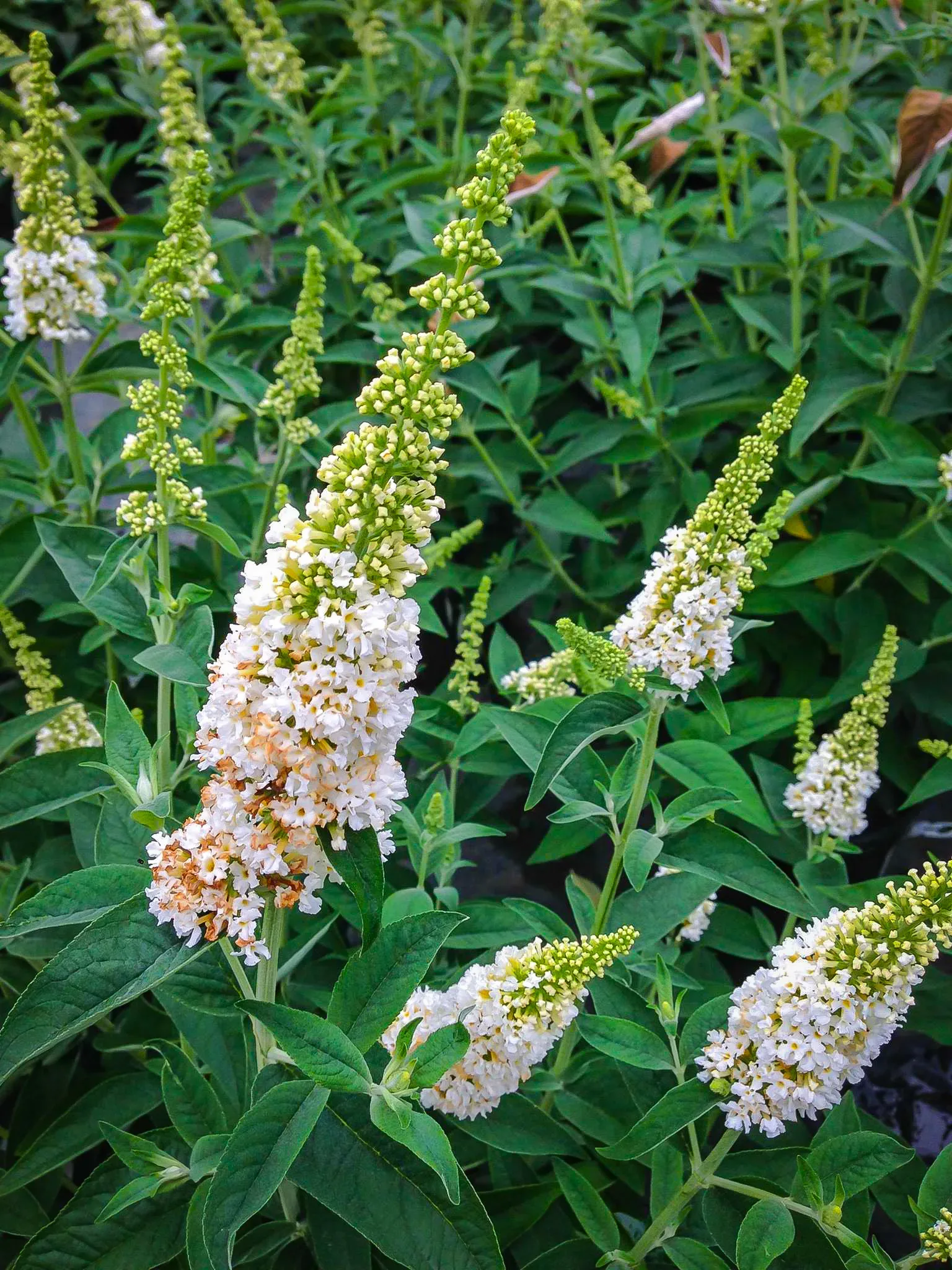
- A white butterfly bush in the fall. The leaves on the bush have turned a golden yellow, and the flowers are starting to fade. The bush is still a beautiful sight, and it provides a welcome contrast to the dying leaves of other plants in the garden.
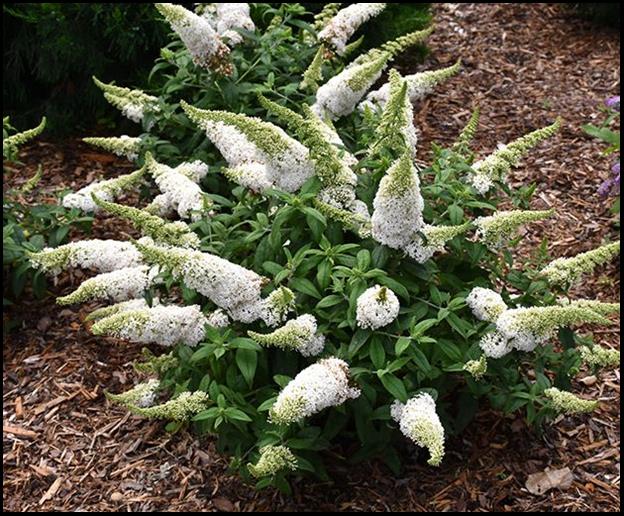
- A white butterfly bush in a garden setting. The bush is surrounded by other flowers, including lavender, roses, and daisies. The different colors of the flowers complement each other beautifully, and the whole garden is a riot of color.
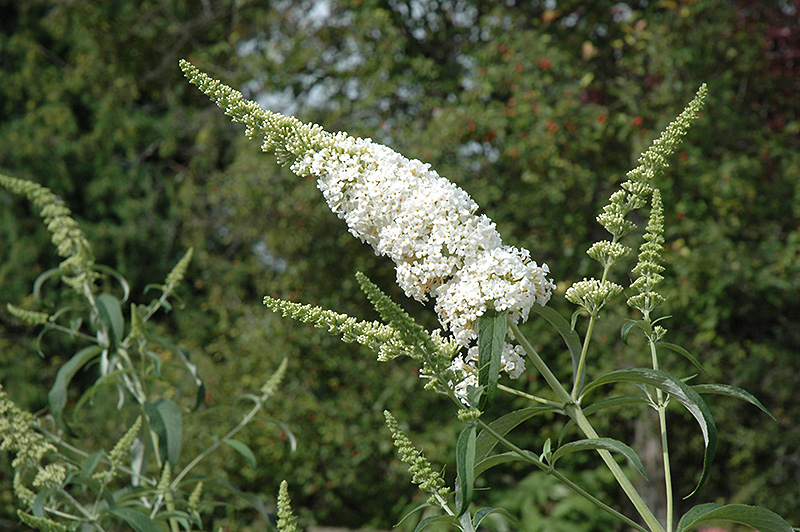
- A white butterfly bush in a vase. The bush has been cut and placed in a vase, and it is now in full bloom. The flowers are a beautiful addition to any room, and they will brighten up any space.

- A white butterfly bush against a blue sky. The bush is in full bloom, and the white flowers stand out against the clear blue sky. The scene is peaceful and serene, and it is a perfect place to relax and enjoy nature.
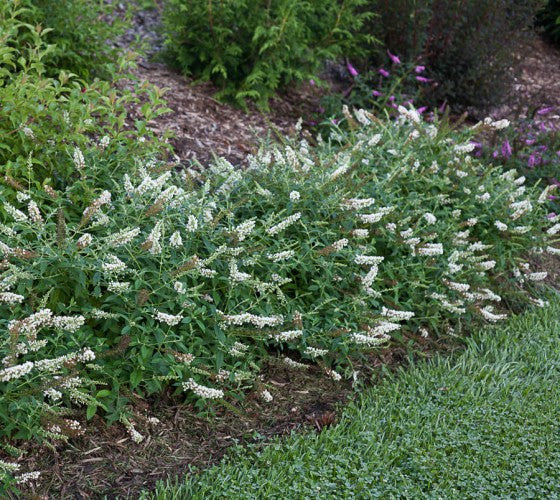
- A white butterfly bush in a forest setting. The bush is surrounded by tall trees, and the flowers are swaying in the gentle breeze. The scene is magical and otherworldly, and it is a place where fairies and elves might come to play.
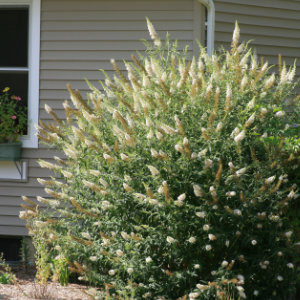
- A white butterfly bush in a meadow. The bush is surrounded by tall grasses and wildflowers, and the flowers are attracting a variety of butterflies and other pollinators. The scene is vibrant and alive, and it is a perfect place to experience the beauty of nature.

- A white butterfly bush in a pot. The bush is planted in a large pot, and it is placed on a patio or deck. The flowers are in full bloom, and they add a touch of elegance to the outdoor space.
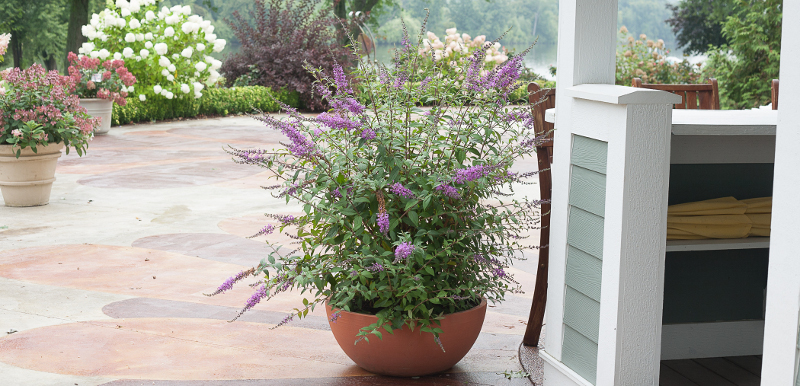
- A white butterfly bush as a background for a photo shoot. The bush is in full bloom, and it provides a beautiful backdrop for a photo shoot. The flowers are a perfect complement to any outfit, and they will make the subject of the photo look stunning.

Post a Comment for "How To Grow A White Butterfly Bush In Your Garden"